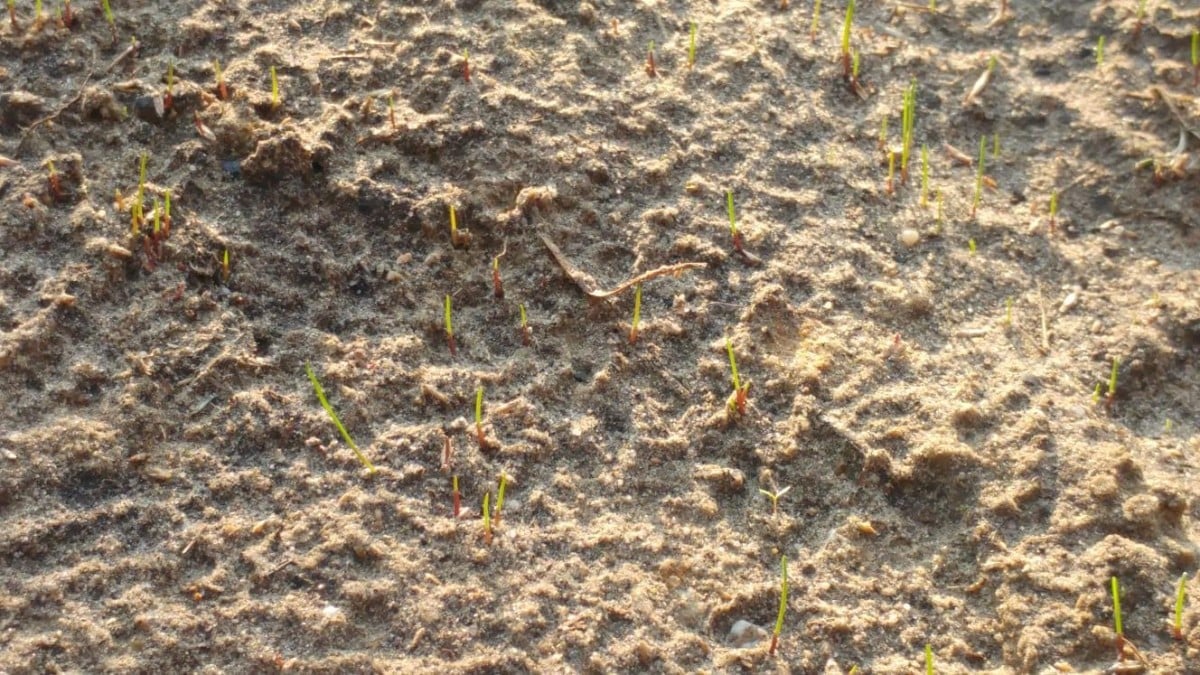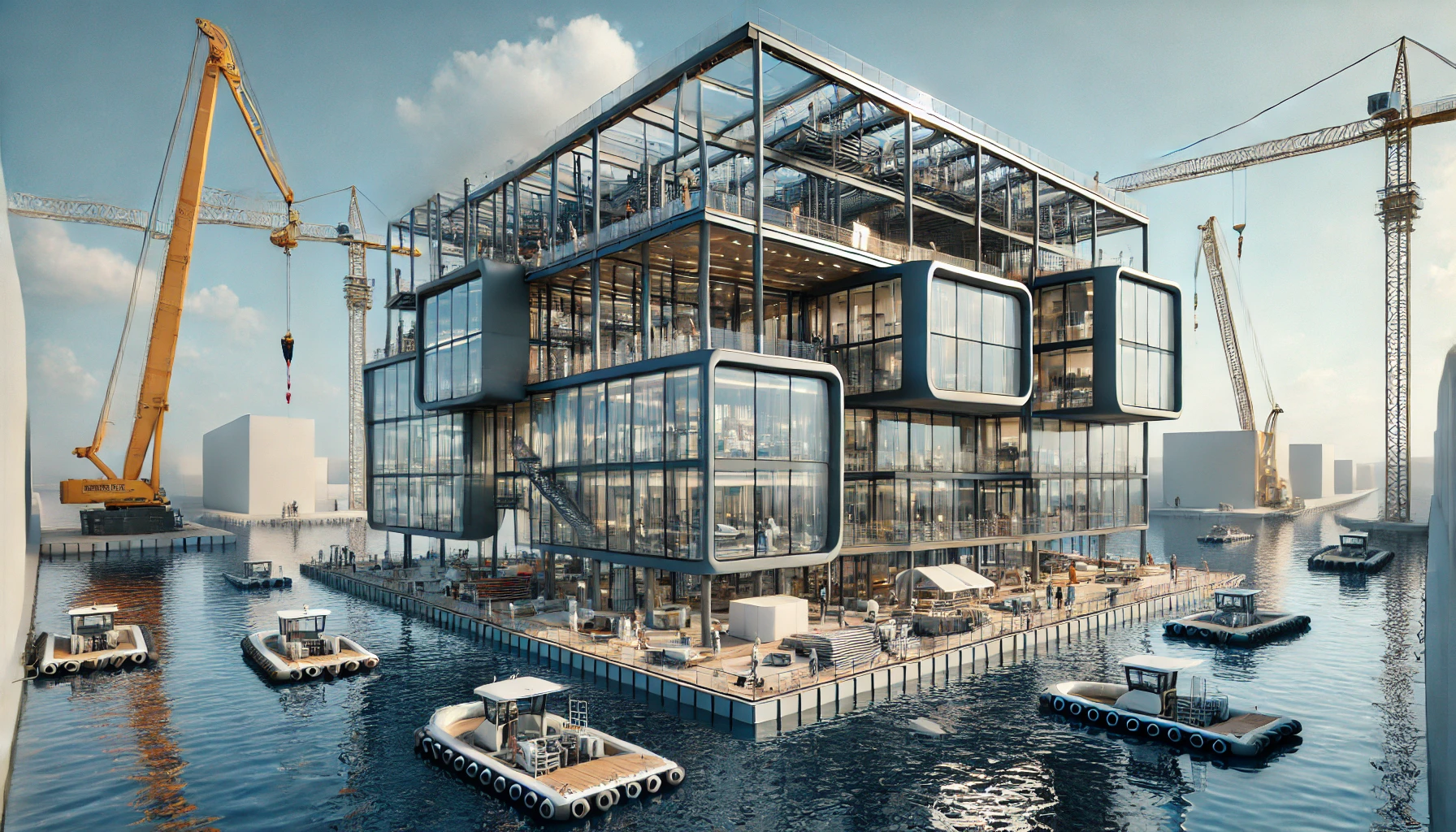
As the name suggests, the Netherlands is a low-lying country. As much as 26% is below sea level and 59% of the Dutch land surface is sensitive to flooding from the sea and rivers. It is, therefore, logical that we have always waged a battle against water. We have sometimes won and sometimes lost that battle. Over the centuries, countless people have lost their lives in this struggle.
More and more often, however, there is a shortage of water. Time for a new battle. A battle against drought.
History of the fight against water
The Roman writer Pliny the Elder describes, in the first century A.D., as one of the first, our struggle against water as follows:
“They are unfortunate people who live on high hills that they have raised themselves to above the highest sea level.”
The hills that Pliny refers to are mounds which were created by the Dutch from as early as the Iron Age (500 B.C.) as a safe place in case of flooding. During such a flood, humans and animals are trapped like like on an island. This was followed by a centuries-long development into the Netherlands as we know it today, with dikes, polders, reclamations, locks, flood defences and pumping stations.
The flood disaster in the night of 31 January to 1 February 1953, with more than 1800 casualties, was caused by a heavy storm surge combined with a spring tide. In order to prevent a disaster like this, the Delta Plan, with defence lines of dikes and flood defences, was drawn up and implemented. The construction of the Delta Works ends on 17 April 1987 with the construction of the Philipsdam.
This human struggle with water is accompanied by some very fine examples of the work of the Dutch engineers. The Zuiderzee Works and the Delta Works have been declared one of the modern wonders of the world by the American Society of Civil Engineers.
Shortage of water
“Failed harvest caused by drought” and “Special measures needed because of the drought” were headlines in the regional newspapers in recent weeks. The persistent drought led to a ban on water abstraction from surface water in Brabant. Farmers are not allowed to pump water from ditches or streams to irrigate their land.
How can a water country like the Netherlands now have too little water? Many areas in the Netherlands depend for their water supply on the supply from the Rhine, Meuse and IJssel and Marker lakes. The amount of water in the rivers is therefore of vital importance. In the low-lying west of the Netherlands, extra fresh water is rinsed through the polders in the event of drought. When the water in the rivers is low, the drought becomes acute in the west as well. Then it is hoping for enough meltwater from the Alpine snow that causes high river levels.
But on our high and sandy soils in Brabant, there is virtually no water supply possible. We are completely dependent on rain.
Lack of precipitation
Despite the occasional rainfall, there is currently a lack of precipitation. This occurs when more water evaporates than is added. The resulting drought is calculated from the amount of rain minus the evaporation. Every day about 5 mm of water evaporates through plants. The warmer and sunnier the more water evaporates and the greater the precipitation deficit.

From too much to too little water
Will it get drier in the future? That is difficult to predict. What is certain is that southern Europe will become drier and northern Europe wetter. The Netherlands is right in the middle of it and it can still go both ways. Recent research shows that it is more likely that the Netherlands is becoming drier and drier. It will take some getting used to. We are used to a life with a lot of water. Scarcity of water is not in our heads. A temporary ban on water abstraction for farmers is still a long way off for the city dweller. But a temporary ban on washing the car or a call for a shorter shower time… We simply cannot imagine! Nevertheless, we must take serious account of the distribution of the increasingly scarce water.
Action
This calls for action by municipalities, provinces, national government and, of course, the water boards; a conscious policy to prevent drought and to reduce its harmful effects. Especially on the dry sandy soils of Brabant. Companies can also consciously use less water in the production process of goods.
But of course, you can also do something yourself. If everyone does this, we will make a difference together. What can you do? Numerous smaller and bigger things, such as closing the tap while brushing your teeth instead of letting it run for 3 minutes. Disconnect the rainwater and collect it in a rain barrel instead of letting it run into the sewer. Remove tiles from your garden so that the rainwater ends up in the soil and thus replenishes the groundwater instead of the sewer system.
Or do we only come into real action when it’s (almost) too late? I’m afraid so. I guess it will take some more hot summers before the need to fight the drought is really in our heads.
Drought in a Waterland is, just like liquid ice, a contradiction in terms.
About this column:
In a weekly column, alternately written by Eveline van Zeeland, Jan Wouters, Katleen Gabriels, Maarten Steinbuch, Mary Fiers, Carlo van de Weijer, Lucien Engelen, Peter de Kock, Tessie Hartjes and Auke Hoekstra, Innovation Origins tries to find out what the future will look like. These columnists, occasionally supplemented with guest bloggers, are all working in their own way on solutions for the problems of our time. So tomorrow will be good. Here are all the previous episodes.








